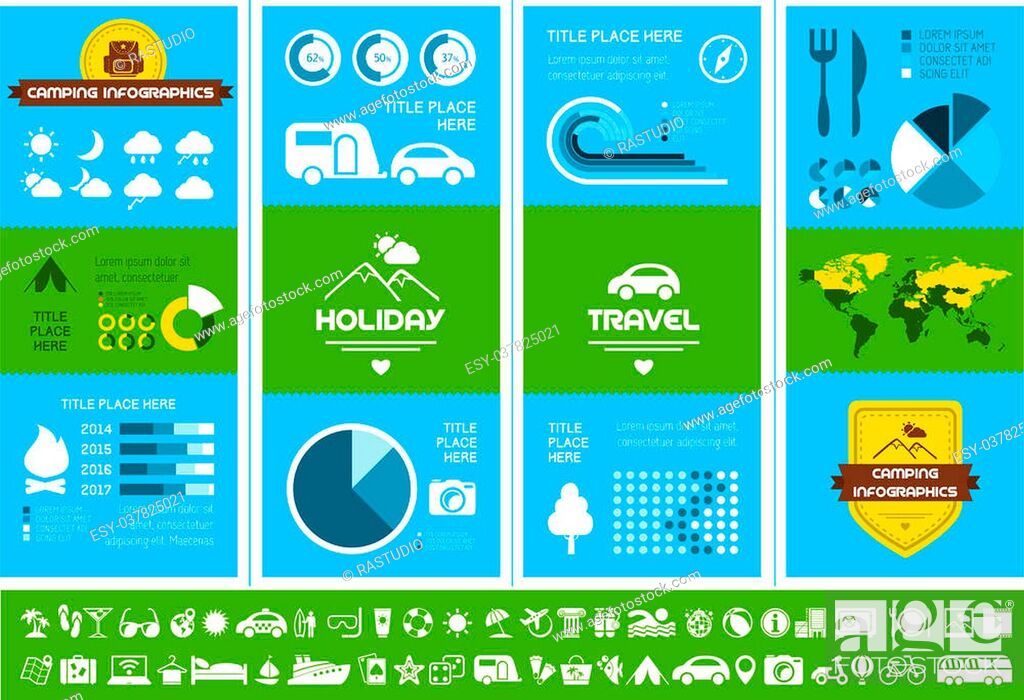From the nomadic people of Central Asia to glamping websites all over the world, bell outdoors tents have actually come to be an icon of rustic experience. Their famous silhouette and spacious interiors develop a setting that is both relaxing and marvelous.
How do you get Mould off a bell tent?
Their origins can be traced to army outdoors tents created by Henry Hopkins Sibley, who patented the conical canvas shelter in 1856. The design was based upon the Indigenous American teepee and was created to be easily assembled, sturdy and mobile.
Origins
The bell tent has actually been a staple for exterior lovers because the 19th century. The design is rooted in army camping tents that saw service in the Crimean War, and later on ended up being popular with precursor teams across America. The American Sibley tent was a version of the European bell outdoor tents. Its creator, Henry Hopkins Sibley, took inspiration from the Indigenous American tepee when producing his version. His model included a single facility post, raised larger wall surfaces and a venting cap that allowed smoke from the oven to leave.
Today, modern canvas bell outdoors tents use a sense of luxury for camping fans and are a prominent choice for glamping hideaways. With a roomy inside and an eye-catching shape, these outdoors tents can be decorated with furniture and style to produce a comfortable and intimate environment for occupants. The round style also assists with wind resistance and permits versatile interior layouts. The less complex style with fewer poles and risks makes it easier to establish camp and transport to different areas.
Armed forces Use
The Bell Tent was a home-away-from-home for lots of soldiers in the 18th century. It was used on the battlefield along with for command centres and field hospitals.
Its capability to be rapidly established in a range of mission scenarios permitted it to work as an efficient sanctuary and office. Its modular design means it can broaden or acquire to fit the needs of various sized teams and objectives.
Additionally, it can be easily delivered utilizing a range of automobiles and hands-on transportation, making it a functional choice for army and rescue operations. Its lightweight, small nature also makes it less complicated for soldiers or rescuers to bring and hike throughout complex surface to reach their mission website. This saves valuable time and sources.
Glamping
With the rise of glamping, bell outdoors tents became preferred as a glamorous camping option. Their renowned shape produces an enchanting atmosphere and can be fitted with fashionable furnishings to include an additional touch of convenience to your camping experience.
In the 19th century, the army adapted the layout to make it a lot more durable and functional for use on battle zone and expeditions. Pet hides were changed by canvas that had been treated with waterproofing representatives, allowing the bell outdoor tents to endure extreme weather conditions.
The bell camping tent's practicality caught the focus of leisure campers, gifts for campers and it promptly acquired appeal as a tent for camping journeys and other outside occasions. It is now a staple at store camping sites, songs festivals, and eco-resorts, where it uses a blend of nostalgia and refinement.
Design
The bell camping tent's simple style stood out of recreational campers, and it quickly came to be a staple among those that wanted to experience the outdoors stylishly. Today, you can locate these versatile structures in camping sites and at glamping retreats throughout the globe.
The initial patented version of the bell outdoor tents was developed by Henry Hopkins Sibley during the American Civil Battle, attracting motivation from Indigenous American tipis. He incorporated a single main post, short side walls, and an aired vent "cap" for smoke from a cooktop to create his ingenious outdoor tents.
Over time, Sibley's style boosted with the addition of breathable canvas and other products that permitted the tent to control its temperature level. Modern bell outdoors tents are made from a variety of materials, consisting of cotton and mixes with flame retardant material to minimize fire threats. Their spacious interiors are best for preparing furnishings to develop comfortable sleeping locations and lounge rooms. They are additionally lightweight and simple to set up, making them a wonderful choice for novices or any individual seeking a stress-free camping experience.
Do tents hold heat?
